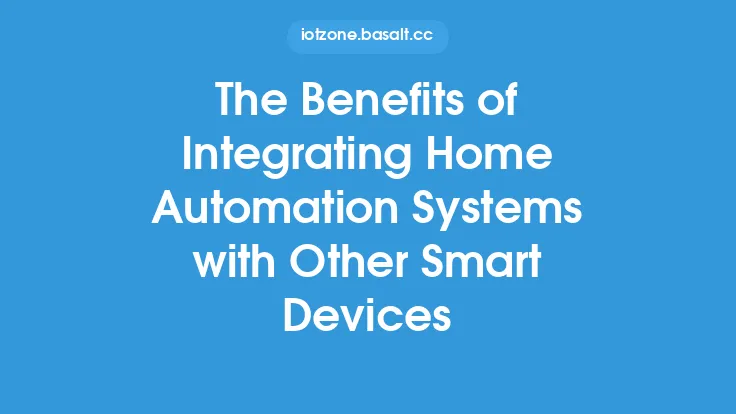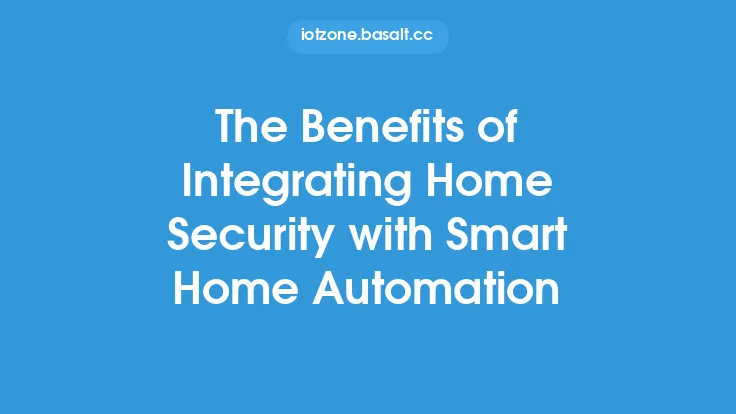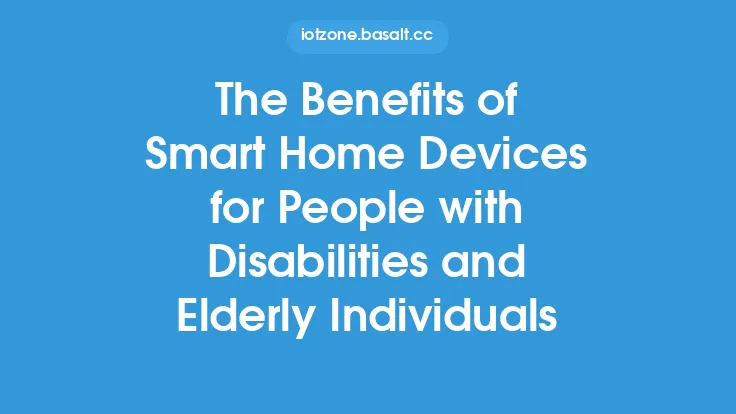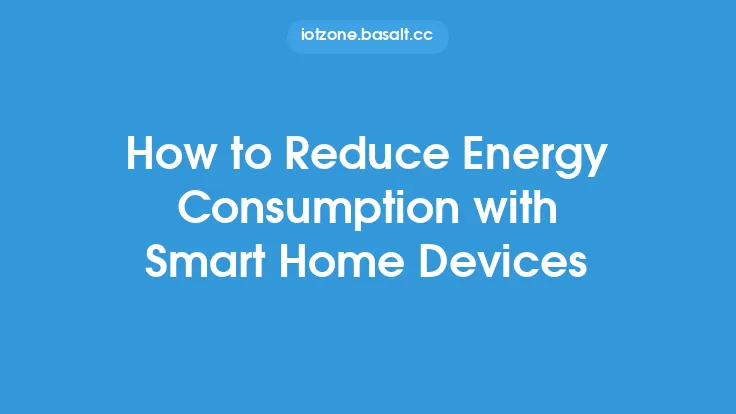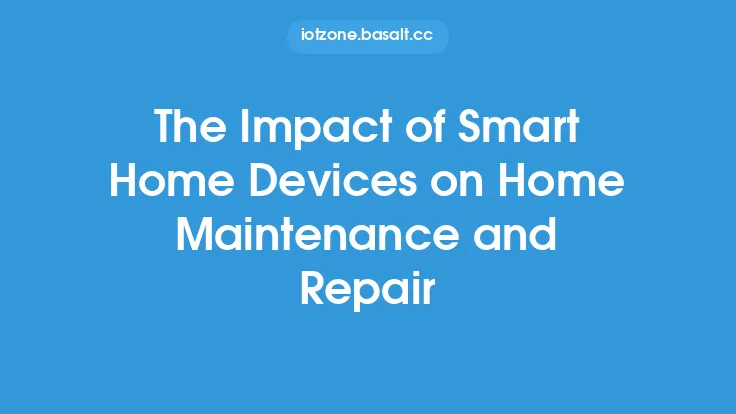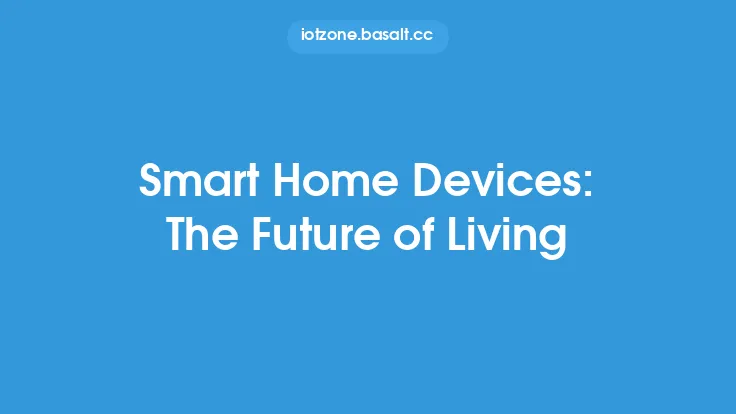Integrating smart thermostats with other smart home devices is a crucial step in creating a seamless and efficient home automation system. By connecting your smart thermostat to other devices, you can unlock a wide range of benefits, including enhanced comfort, energy savings, and convenience. In this article, we will delve into the world of smart thermostat integration, exploring the various ways in which these devices can be connected to other smart home devices, and the advantages that come with it.
Introduction to Smart Thermostat Integration
Smart thermostat integration refers to the process of connecting your smart thermostat to other smart home devices, such as lights, security systems, and entertainment systems. This integration enables your smart thermostat to communicate with other devices, allowing for a more holistic and automated approach to home management. By integrating your smart thermostat with other devices, you can create a network of interconnected systems that work together to provide a more comfortable, convenient, and energy-efficient living space.
Protocols and Standards for Smart Thermostat Integration
To integrate smart thermostats with other smart home devices, various protocols and standards are used. Some of the most common protocols include Zigbee, Z-Wave, and Bluetooth Low Energy (BLE). These protocols enable devices to communicate with each other, allowing for seamless integration and control. Additionally, standards such as OpenADR and Smart Energy Profile (SEP) provide a framework for smart thermostats to interact with other devices and systems, ensuring compatibility and interoperability.
Integrating Smart Thermostats with Lighting Systems
One of the most popular integrations for smart thermostats is with lighting systems. By connecting your smart thermostat to your lighting system, you can create a more immersive and automated lighting experience. For example, when you adjust the temperature, your lights can automatically adjust to a preset scene, creating a cozy and inviting atmosphere. This integration can also help to reduce energy consumption, as your lights can be programmed to turn off when you leave the room or when the temperature reaches a certain level.
Integrating Smart Thermostats with Security Systems
Integrating smart thermostats with security systems is another popular application. By connecting your smart thermostat to your security system, you can create a more secure and automated home environment. For example, when you arm your security system, your smart thermostat can automatically adjust the temperature to a more energy-efficient setting, helping to reduce energy consumption when you're not home. Additionally, your smart thermostat can be programmed to send notifications to your security system when it detects unusual temperature fluctuations, helping to prevent potential security breaches.
Integrating Smart Thermostats with Home Entertainment Systems
Smart thermostats can also be integrated with home entertainment systems, creating a more immersive and automated entertainment experience. For example, when you're watching a movie, your smart thermostat can automatically adjust the temperature to a comfortable level, ensuring that you're not distracted by a cold or hot room. This integration can also help to reduce energy consumption, as your smart thermostat can be programmed to turn off your entertainment system when you leave the room or when the temperature reaches a certain level.
Technical Requirements for Smart Thermostat Integration
To integrate smart thermostats with other smart home devices, certain technical requirements must be met. These requirements include a stable internet connection, a compatible protocol or standard, and a smart home hub or controller. The smart home hub or controller acts as a central nervous system, connecting and controlling all of your smart devices, including your smart thermostat. Additionally, many smart thermostats require a specific type of wiring or installation, so it's essential to consult with a professional if you're unsure about the technical requirements.
Benefits of Smart Thermostat Integration
The benefits of smart thermostat integration are numerous. By connecting your smart thermostat to other smart home devices, you can enjoy enhanced comfort, energy savings, and convenience. Smart thermostat integration can also help to improve home security, as your smart thermostat can be programmed to send notifications to your security system when it detects unusual temperature fluctuations. Additionally, smart thermostat integration can help to increase the value of your home, as it provides a more modern and automated living space.
Challenges and Limitations of Smart Thermostat Integration
While smart thermostat integration offers many benefits, there are also some challenges and limitations to consider. One of the main challenges is ensuring compatibility between devices, as different devices may use different protocols or standards. Additionally, smart thermostat integration can be complex and require technical expertise, which can be a barrier for some homeowners. Furthermore, smart thermostat integration can also raise concerns about data privacy and security, as your smart thermostat may be collecting and transmitting sensitive data.
Best Practices for Smart Thermostat Integration
To get the most out of smart thermostat integration, there are several best practices to follow. First, it's essential to choose a smart thermostat that is compatible with your other smart home devices. Second, it's crucial to ensure that your smart thermostat is properly installed and configured, as this can affect its performance and integration with other devices. Third, it's a good idea to start with a simple integration, such as connecting your smart thermostat to your lighting system, and then gradually add more devices and complexity. Finally, it's essential to regularly update your smart thermostat's software and firmware, as this can help to ensure compatibility and security.
Conclusion
In conclusion, integrating smart thermostats with other smart home devices is a powerful way to create a more comfortable, convenient, and energy-efficient living space. By connecting your smart thermostat to other devices, you can unlock a wide range of benefits, including enhanced comfort, energy savings, and convenience. While there are some challenges and limitations to consider, the benefits of smart thermostat integration make it an essential component of any smart home system. By following best practices and choosing the right devices and protocols, you can create a seamless and automated home environment that meets your unique needs and preferences.
